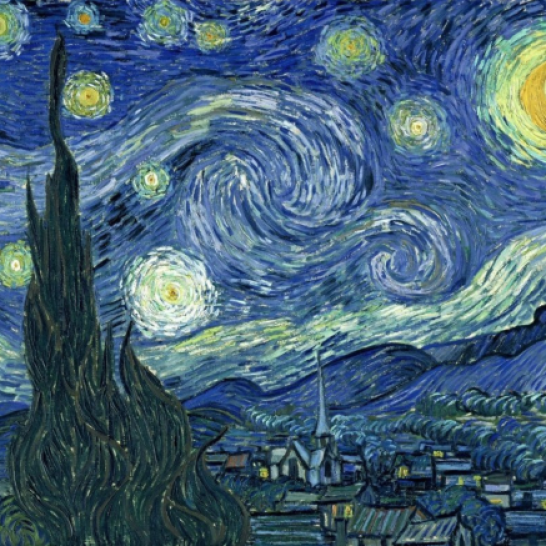Product versus process art has always been a battle that many early educators have been fighting within their classroom! So what are the differences between these two types of art forms:
Product-art is when the child begins a project and knows exactly what the end product should look like; and moreover, they are following a distinctive set of directions, in order to get to their final product. When one does this type of art, there is a right & wrong way to do things.
Process-art is when a child has an open-ended project, alongside the opportunity to creatively express themselves through their work. The end product is solely based on the child’s discovery, uniqueness and their individual creativeness.
To dive in a bit deeper on this topic, let’s see how NAEYC (The National Association for the Education of Young Children) view process-focused art and its characteristics:
- There are no step-by-step instructions
- There is no sample for children to follow
- There is no right or wrong way to explore and create
- The art is focused on the experience and on exploration of techniques, tools, and materials
- The art is unique and original
- The experience is relaxing or calming
- The art is entirely the children’s own
- The art experience is a child’s choice
Children, my all means, should be given the tools to do a project or accomplish something; but how they do it is key in the field of Early Education. Here we see some children in the Preschool classroom, who were shown artwork by Picasso and Van Gogh.
The children, on two different occasions, were given the tools to allow them to paint their own versions of these images.
Below are two of the children, proudly showing off their work:
As you can see, each child’s final paintings are completely different than the originals they were shown; however, it expresses their individual creativity and talents. And that, readers, is the difference between product-art and process-art!




